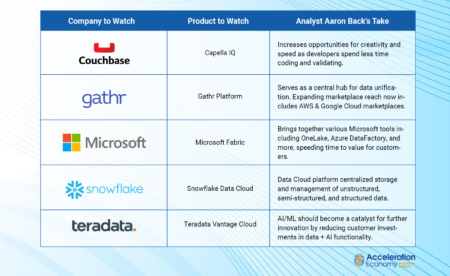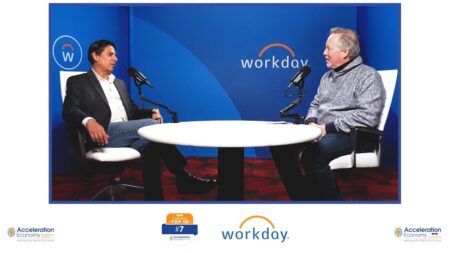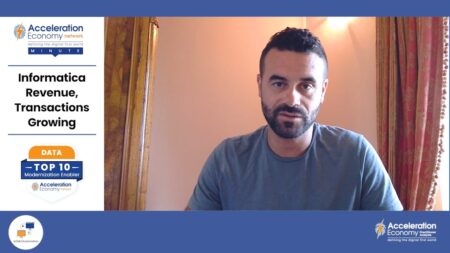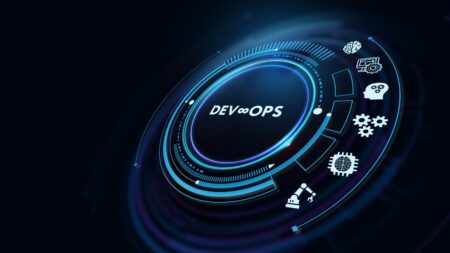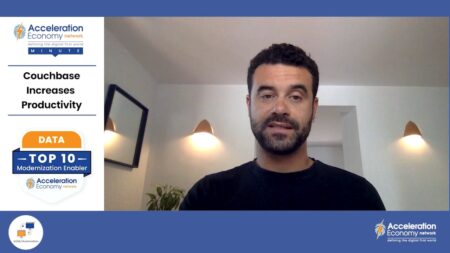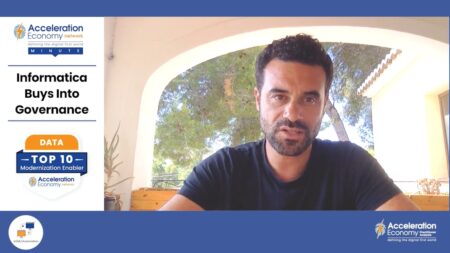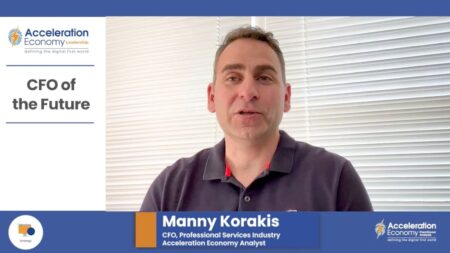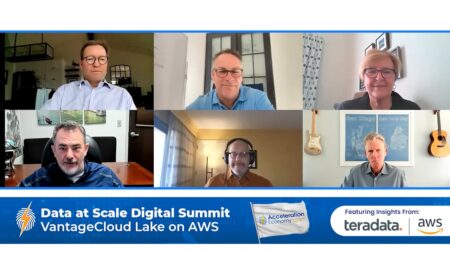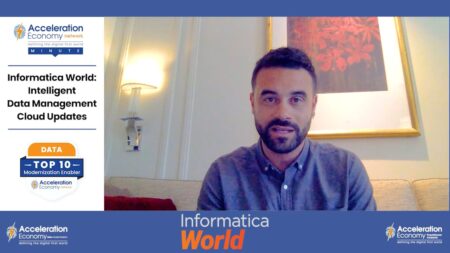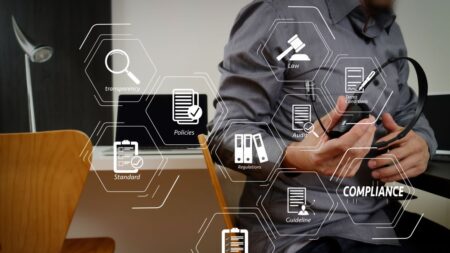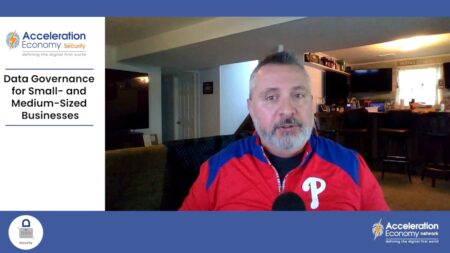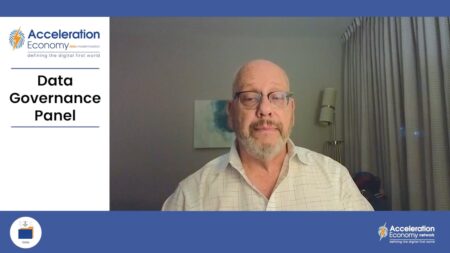Discover our 5 data products to watch — from Couchbase, Gathr, Microsoft, Snowflake, and Teradata — and how they can support your company’s AI strategy in 2024.
data management
Ajay Sabhlok emphasizes the critical role of technology and collaboration in data management.
Informatica’s latest performance results show strong subscription revenue growth as well as a sharp increase in transactions processed.
New data privacy protections clarify how US businesses must safeguard EU citizens’ data. Learn the agreement’s three core elements.
While generative AI tools can raise the bar for DevOps and DataOps, guardrails will be essential to maintain cybersecurity.
Couchbase responds to customers’ pain points with new developer, deployment, and data modernization features in its Capella cloud database service.
Microsoft Dynamics 365’s new archive data feature will save companies when it comes to moving data.
Informatica plans to acquire UK-based Privitar to increase customers ability to drive data access management and governance, which are key to securely scaling operations.
CFO Manny Korakis shares insights gleaned from a recent meeting with a diverse group of finance leaders.
A combined data lake and data warehouse approach offers fast, real-time data access, which helps the CIO deliver solutions that align with leaders’ expectations.
New updates to Informatica’s Intelligent Data Management Cloud (IDMC) demonstrate the profound impact that AI has on data access and data-driven innovation.
In this special minute, Paul Swider highlights three prevalent topics from the HIMSS23 Global Health Conference and Exhibition in Chicago.
Rob Wood explores how organizations should think about generative AI models from a risk perspective, with a special focus on the conversations between security leaders and the C-suite.
Data quality impacts decision-making, efficiency, productivity, and customer experience; all business leaders must assign it a high priority.
As a business leader today, your success relies on accurate data, real-time analytics, and actionable intelligence. Here are the tools to help you.
There are some practical steps that organizations can take to implement important data governance, says Frank Domizio.
Through the effective use of social determinants of health (SDOH) data, the healthcare industry can work toward improved health outcomes and greater health equity.
Wayne Sadin shares takeaways from a recent panel discussion he attended, which covered topics from data management to AI and machine learning bias.
Data can have the most impact when it’s broadly available and employees have the literacy to capitalize on it. Qlik’s cloud data analysis tools deliver on both counts.
Chief procurement officers and CFOs don’t always see financial results the same way, but applying automation to data gathering and analysis can help them get on the same page.

